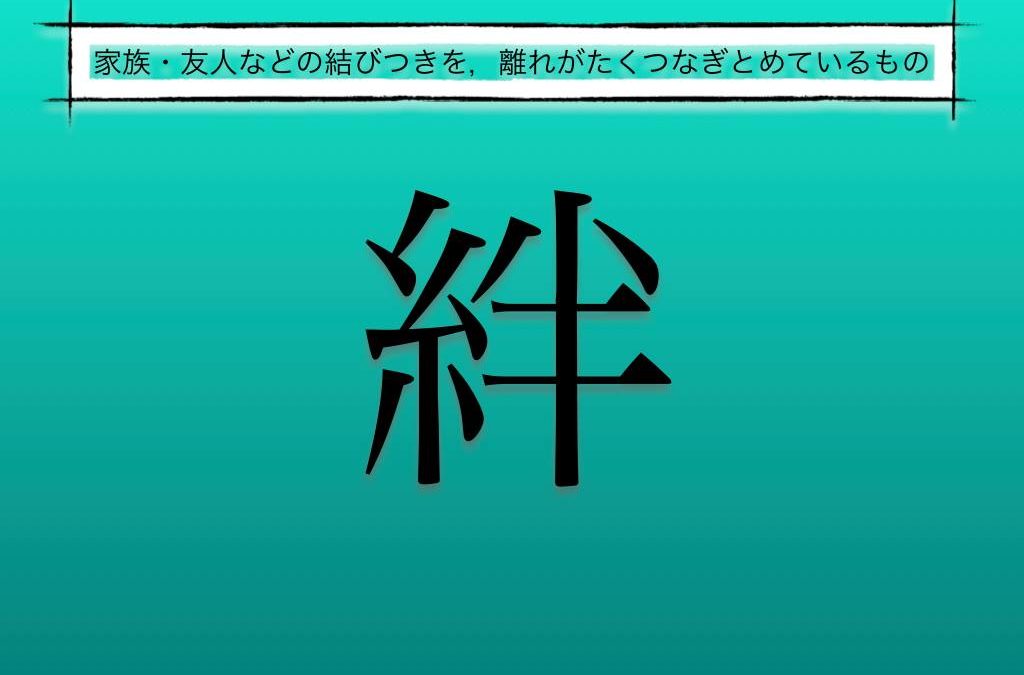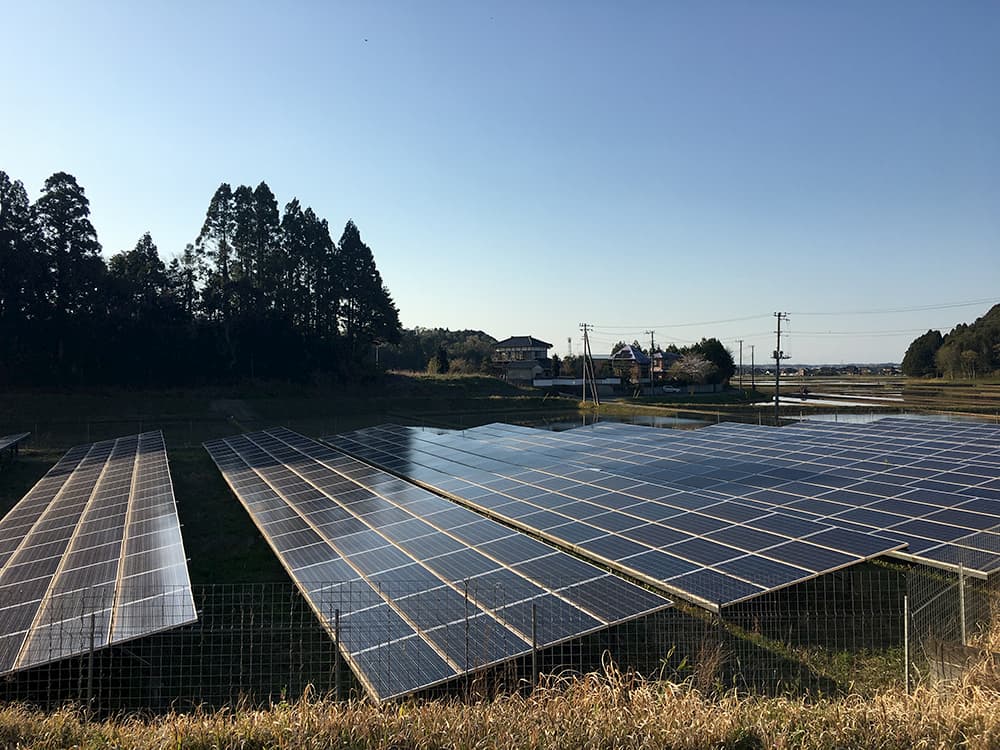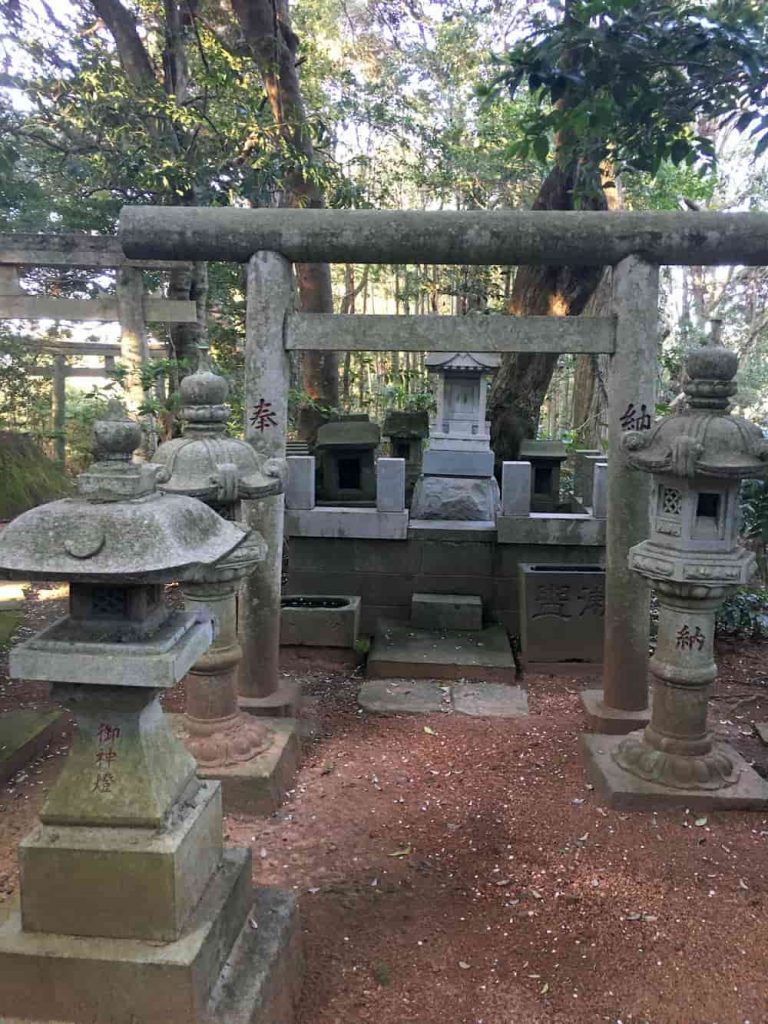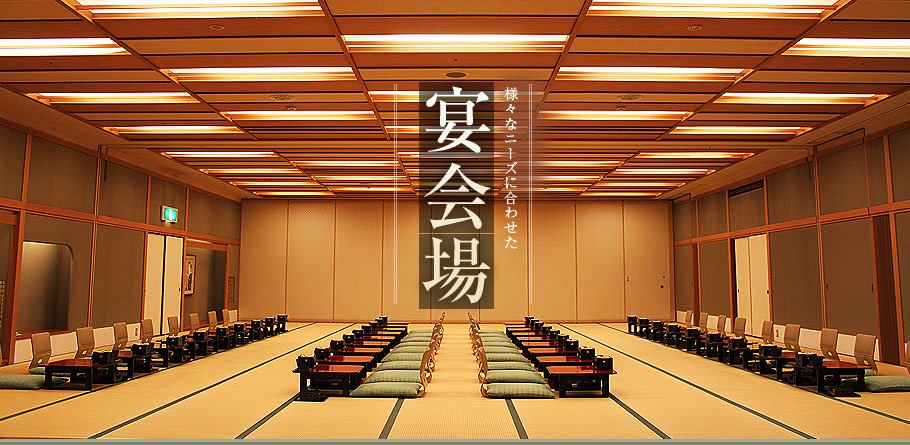Yes dear reader, it is that time of the year again, the time where we all gather underneath the exquisite and ephemeral cherry blossoms to celebrate life.

What may look like just a gigantic party in Japan, is actually something that has much deeper meaning and significance to the Japanese.
The time when cherry blossoms are bloom is when the Japanese gather to reflect on just how fleeting and ephemeral life can be, all the while sitting, eating, drinking, and some times singing and dancing as they congregating beneath the majestic cherry trees.
And this year more even so in the light of the most recent global events as we continue our journey in 2020, this year holds even more significance this year.
Around the end of March beginning of April, these beautiful cherry blossoms come out for only a few days, until they are blown away, in the wind, and their life is over, in a mere instant of time.
And so it is for one as well dear reader, as we are merely here for just a fleeting moment in our once in a lifetime.
One of the most profound and meaningful experiences of my entire life was at one’s very first cherry blossoms party in 1987.
Having arrived in Japan just a few short month earlier, one’s Japanese speaking level was, to say the least, just one step from non-existent.
What left a such deep and lasting impression was a simple and genuine gesture from a lovely Japanese lady during my first initiation in to the “Way of Cherry Blossom”.
What this did was to really showed me the Japanese heart in so many ways.
I went to the spectacular cherry blossom party, and of course I was the only foreigner there among 15 non-English-speaking Japanese students and friends.
We were all having a rollicking time, including me off course (what’s not to like: pond of alcohol and forest of meat), except for the fact that everybody was speak Japanese and I couldn’t understand a word anybody was saying.
Off course, this did not detract from my pure enjoyment of the truly surreal scene.

Then, all of the sudden, this wonderful lady stopped everybody in their tracks, including all laughter and boisterous conversations and said to everyone in a headmaster style of leadership. “Look, one cannot speak Japanese, and everybody is having such a good time except for one, this is unacceptable when we have an important foreign guest here in Japan. From now on and for the rest of the party we are all going to speak English”.
This represented a serious problem, not to mention being a serious buzz kill, as none of them, except for a one or two with English 101 beginners skills could speak a lick of English anyway.
This is to where I replied in earnest “No, this is Japan, and I will learn to speak Japanese, so I can to communicate with all of you in Japanese”.
In other words “when in Rome, do as the Romans”.
I believe what I said resonated with everyone, and the party just got better after that.
This is also where, even though I had never yet consciously understood the Japanese ingrained spirit of “omotenashi,” or “hospitality, I then understood and felt the true spirit of Japanese “omotenashi”.
By the way, the word “hospitality” can not truly describe “omotenashi”, which is an ingrained cultural convention woven into the Japanese DNA and can only be understood after experiencing it first-hand.
Please come to Japan and experience the the true meaning of “omotenashi”, sitting underneath the majestic cherry trees, while contemplate one’s own mortality, and the ephemeral nature of one’s own life.


![]()
































































Recent Comments